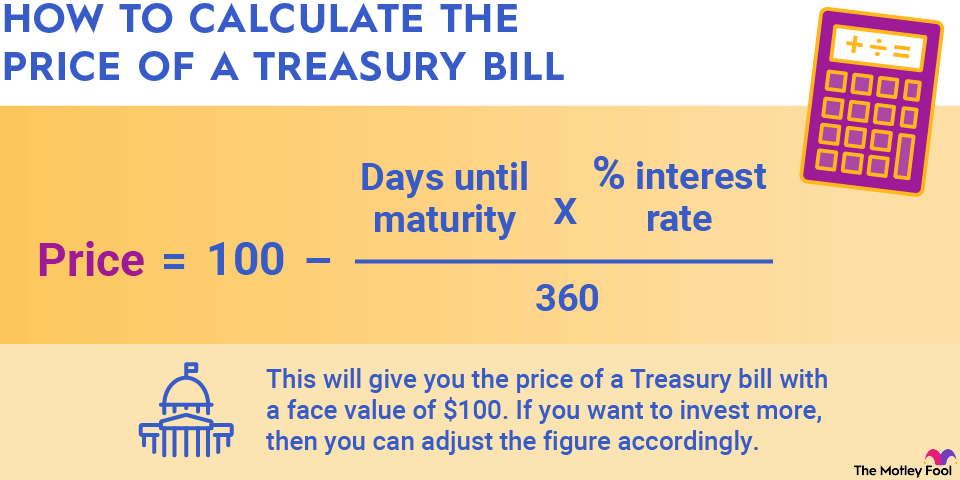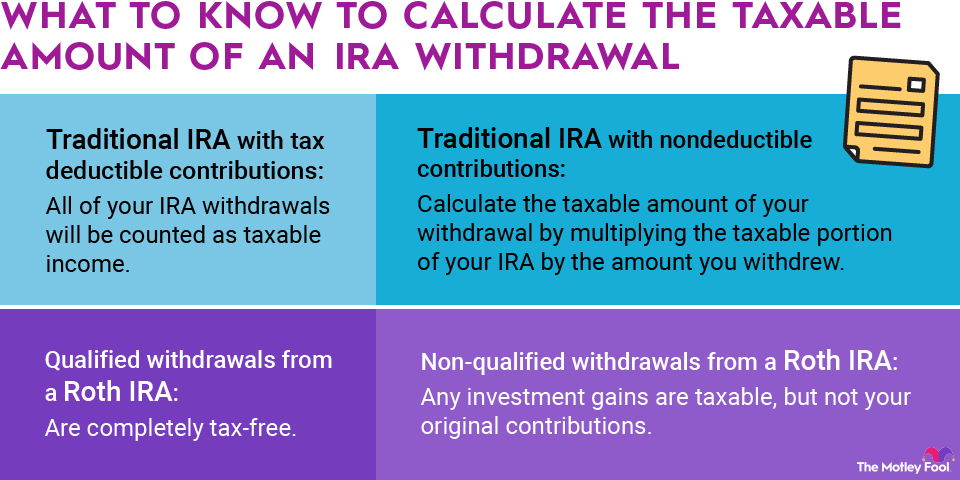A company's planned budget at the beginning of the year will always end up being different from how the year actually plays out. It's just impossible to predict how the year will go.
The differences between a company's budget and what actually happens are called budget variances, and they are a helpful tool for managers to analyze how and why a company exceeded or fell short of expectations.

How to calculate revenue and expense variance from the budget
Before analyzing what budget variances mean, they must first be calculated. This is a relatively easy calculation as long as the company's internal bookkeeping accurately tracks the data.
First, the manager should take the original budget on a line-item-by-line-item basis. This should include projections both for revenue and expenses. From there, the manager should subtract the actual results for the period -- this process can work for any time frame, as long as the budget and actual numbers represent the same period of time.
If the projected revenues were higher than the actual revenues, then this is an unfavorable budget variance. If actual revenues exceeded projected revenues, then this is a favorable variance.
On the expense side, if projected expenses were higher than actual expenses, this is a favorable variance. Higher actual expenses are an unfavorable variance.
Intuitively, any variance that leads to higher profits is favorable, and variances that reduce profits are unfavorable.
Using budget variances to improve the business
Going through this exercise can be an important management tool for analyzing what worked and what didn't work for a company in the given time period.
Some of the drivers of these changes may be outside of management's control. A recession in the economy could push sales down for all companies, for example. But other factors at play could be within management's control and should be analyzed with a critical eye.
For instance, if revenue exceeded expectations, management can use variance analysis to drill down into why revenue outperformed. Perhaps it was an improved marketing strategy, higher prices, or a new product release.
On the expense side, the same logic is also true. If the company's marketing spending exceeded the budget, did that higher spending translate to higher sales as well? Or perhaps expenses rose after opening a new location, but sales didn't rise as high as anticipated. In all of these cases, variances point to places where reality didn't match expectations. It's in those cracks where management can learn and improve.
Related investing topics
Asking the right questions
This process is as effective for high-level executives as it is for middle managers with more specific responsibilities. A CEO can use this tool as part of their assessment of department heads or product groups. A more detailed budget variance report could be very useful for a marketing manager for entirely different reasons. The market manager could compare how spending on different marketing channels performed relative to the planned budget to better understand which tactics and strategies were creating the most bang for the buck. This level of detail is probably too in the weeds for the CEO, but for the lower-level marketing manager, it can be quite powerful.
Analyzing budget variances won't necessarily answer these important business questions, but it can help the management team see what questions need to be asked. It can help management better understand the assumptions made for the given year and use those lessons to improve the business for the next year.


















